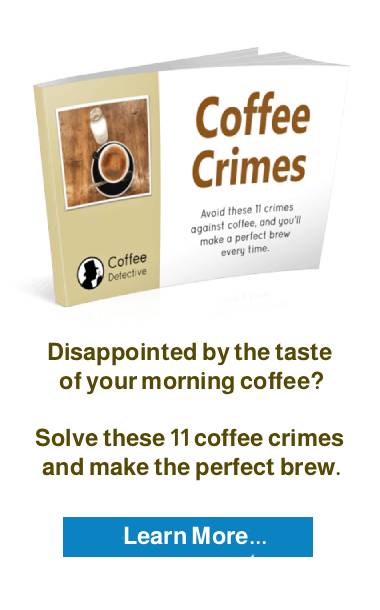- Home
- Coffee Questions?
- Do some coffee makers extract more caffeine than others?
Do some coffee makers extract more caffeine than others?
by Stacie
(Fairfax, VA)
QUESTION:
It seems that no matter what coffee bean we buy we just can't get a buzz from our drip home brewer. (Not so when we use Lavazza coffee in our Bialetti stovetop espresso pot...) Which coffee makers do a better job at extracting caffeine? How do we get the most buzz for our buck? I don't want to buy another coffee maker without knowing what to look for when it comes to maximizing caffeine content. Thanks!
ANSWER:
Interesting question. : )
The extraction of caffeine goes hand in hand with the extraction of the coffee itself. So if you want as much caffeine as possible extracted, you want the best possible extraction from the coffee grinds themselves.
The Bialetti will do that for you, as will a percolator, or even a French press.
The problem with the drip brewer, as popular as they may be, is that the hot water simply drips through the grinds. No pressure is applied. There is no mechanism whereby the water is forced around every grind, extracting every last drop of flavor...and caffeine.
The way most people get around this is to make a stronger brew by increasing the proportion of coffee grinds to water.
But if you are after maximum extraction – of both flavor and caffeine - just stick with brewing methods other than drip brewers.
Comments for Do some coffee makers extract more caffeine than others?
|
||
|
||
|
||
Before you go, sign up to receive the Coffee Detective Newsletter...
Sign up for occasional newsletters about the best coffees and brewing equipment. Plus special updates from the Coffee Detective Coffee Store…




